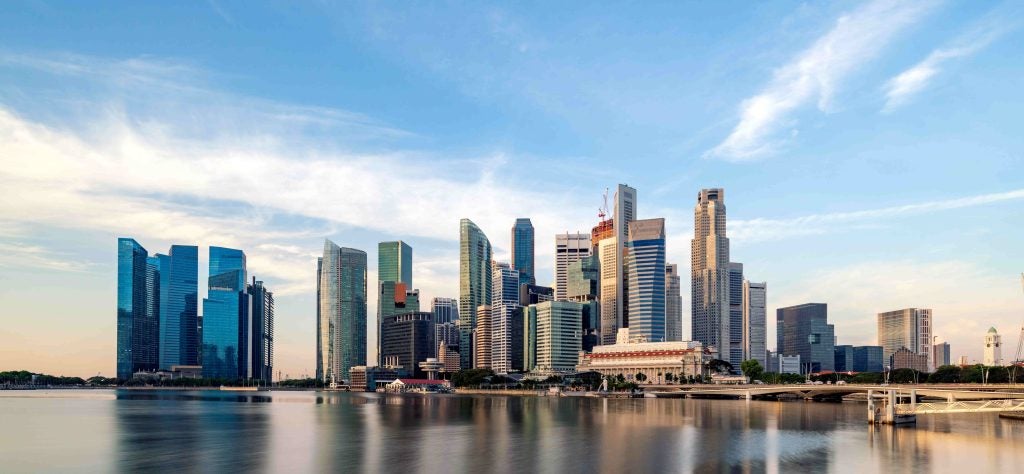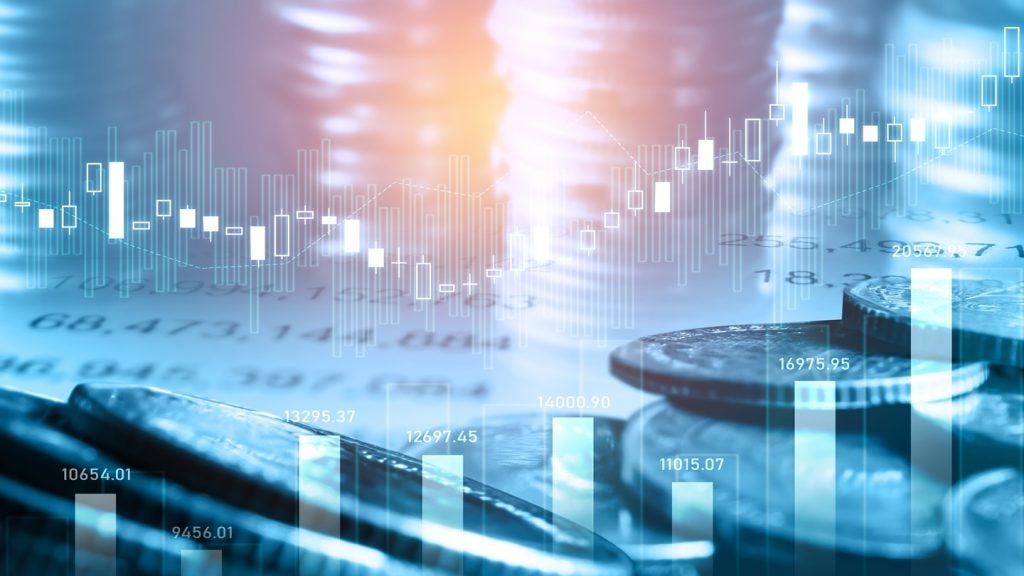Ex-KPMG accountant and former deputy CEO of world renowned auction house Christie’s, Philip Hoffman, combined his financial knowledge and his art expertise to form The Art Fund Group in 2001. His empire is now worth an impressive £300 million. Holly Parmenter sits down with the eccentric entrepreneur to find out more.
Starting off with just two staff, the art guru has now bolstered his team to 45 working to trade art across the globe. Eloquently describing the recent increase and demand in the art market Hoffman, who once made a million pound profit in a day, simply put it as "a tsunami of money heading towards a tiny island, which is the art world".
It would seem Hoffman himself owns somewhat of a tiny island being the founder of the only independent art fund in Europe. From 10 million, Hoffman has now increased the fund by 30x averaging an 18% return on every asset sold. The fund focuses on investing in art from $100,000 to $300,000,000.
Market on the rise
When art collections can make up a significant percentage of an individual’s net worth, it is hardly surprising that investors are running to auctions with their millions. Last month Francis Bacon’s ‘Lucian Freud’ painting sold for a record breaking $142 million with 20 bidders, including new buyers, fledging to put in starting bids at $100 million. Despite his gallant nature, Hoffman can still be reserved, after recently opting out of a bid for the masterpiece.
How well do you really know your competitors?
Access the most comprehensive Company Profiles on the market, powered by GlobalData. Save hours of research. Gain competitive edge.

Thank you!
Your download email will arrive shortly
Not ready to buy yet? Download a free sample
We are confident about the unique quality of our Company Profiles. However, we want you to make the most beneficial decision for your business, so we offer a free sample that you can download by submitting the below form
By GlobalDataUnlike other more ‘traditional’ asset classes, a majority of art transactions are dealt with privately which in the past, has created a lack of transparency. It seems the murky nature which once possessed the art market is finally lifting as regions with thriving new economies such as China and Russia are leading the stats in the art investment market. Previously demand had been driven by smaller, sophisticated regions from European and American collectors.
Over the past ten years, art, as an asset class, has come incredibly far. During the financial crisis in 2008 art held up extremely well and its fast recovery in comparison to other asset classes such as equities has generated its global demand. The art boom has been driven by new money. Russian and Chinese millionaires have begun looking for new places to invest and spend after huge gains. Art as an investment is becoming progressively established in the financial services arena, focusing on long-term profit. Hedge-fund-like platforms and art funds similar to Hoffman’s, buy and sell artworks in order to capitalise on the profit.
Art Funds
With banks such as UBS and ABN AMRO looking to set up art funds, art as an asset class is forecast to rocket and a confident Hoffman says that he ‘wouldn’t be surprised’ if a painting sold for a billion in the coming years. Currently the art market stands at an investable $15 billion a year and it is believed that 5% of the world’s wealth is invested in this asset class. Hoffman claims that within a decade this should increase to 40%.
Art, however, does not provide any income. Liquidity in selling art is also considerably less than in equities and real estate. Commissions are also high, buyers pay commission at auction houses which range from 12.5% to 25%.
Whilst art is a long-term investment, many HNWIs require establishment from the disciplines of art management and advisory services. Planning involves setting out an agreement to determine what clients want to achieve with their art and the legacy they want to leave behind. The Art Fund Group has worked alongside banks such as JP Morgan, Credit Suisse, Merrill Lynch and Morgan Stanley, to offer art advisory to clients. The Art Fund Group is also introduced to many of the clients within these banks.
Art funds began appearing around ten years ago but have had limited success in developed markets compared to emerging markets. With the exception of Berenberg Bank in Germany, art funds and private banking is a vacant world, with few private banks penetrating the sector.
However this appears to be changing with the news of Dutch bank ABN AMRO and Swiss bank UBS. There is a clear sign that private banks want to cash in on the current phenomenon that is sweeping the art world. According to Hoffman, it would be better if banks were to ‘white label’ through other art funds as they do not have the capital or expertise to successfully run their own funds. This therefore means that banks are ‘risking their client’s capital’ when it comes to investing in art funds.
Hoffman explains to me with grand gesture that banks would have to ‘bring in a team of our size and stature’ if they would want to set up an art fund properly. He continued: "It is a very complex thing to run an art fund, there is a lot of expertise, a lot of deals to look at and a lot of deals to turn down."
To invest or not?
Enterprising Hoffman puts his success down to his team of experts and their global presence. "We are about the only firm in the world with a big enough team to support international clients and major client interest from New York," he says.
Whilst Hoffman and other art virtuosos are reaping the benefits of the blossoming market, it has to be asked whether this global phenomenon will continue to excel or whether the momentum could potentially come crashing down?
It has taken less than a year for the confidence we are now seeing to escalate. So how did the art market improve so dramatically? The number of UHNWIs has tripled over the past five years to 2,170 and they have a combined net worth of $6.5 trillion. On average billionaires wealth has increased by 11% globally, enabling the rich to flee to auctions with fees such as $100 million to spree.
Randall Willette, managing director of Fine Art Wealth Management, defines the current art boom as a ‘trend’ which is seeing UHNWIs with serious wealth invest in art, creating ‘their own bespoke investments’. Since art prices at the top end of the market have continued to stay very high, investors view these tangible assets as having guaranteed returns.
Willette continues: "The thing about art is that it is being viewed as a scarce resource, it obviously has established artists with long term track record performance. We aren’t talking about contemporary art, newly created artists; its more established artists with track records are particularly being seen as a safe haven by wealthy individuals, it has real value for their capital."
With an average annual return rate of 8%, the art market beats the annual return rate of both stocks and bonds by 1% the only downfall being that this is over a 5 year minimum period.
Discussing art as an asset class Hoffman says: "I see it as a low correlated asset class, not necessarily uncorrelated, but low correlated and so the principle reason is returns and diversification. In the year 08/09 when people were investing in bonds and stocks and cash and in 2010, they realised that was a bad idea because they lost money, so they begun to diversify across 10-20 subject headings, art being one of those subject headings."
While art is seen as a low correlated asset class investors can hugely benefit from a diversified portfolio. Another valuable thing about investing in art is the fact that you can build collections up and pass them through generations, enabling families to build their capital and gain legacy in the process. What is unique and appealing about art as an asset class, is the fact that it has visual value as well as economic benefit.
As an overall outlook, whether a trend or leading asset class, it would seem that the art market, for now, is indefinitely booming. Hoffman believes it is contemporary pieces that will continue to muster significant returns. The contemporary market, is however, regarded as the most volatile with older master pieces standing at the highest value. Auction houses and dealers are frequently surprised by unsuspected losses or gains. Still, the phenomenon of a collector’s base and lack of supply and increase of demand are leading prices to be pushed higher.







